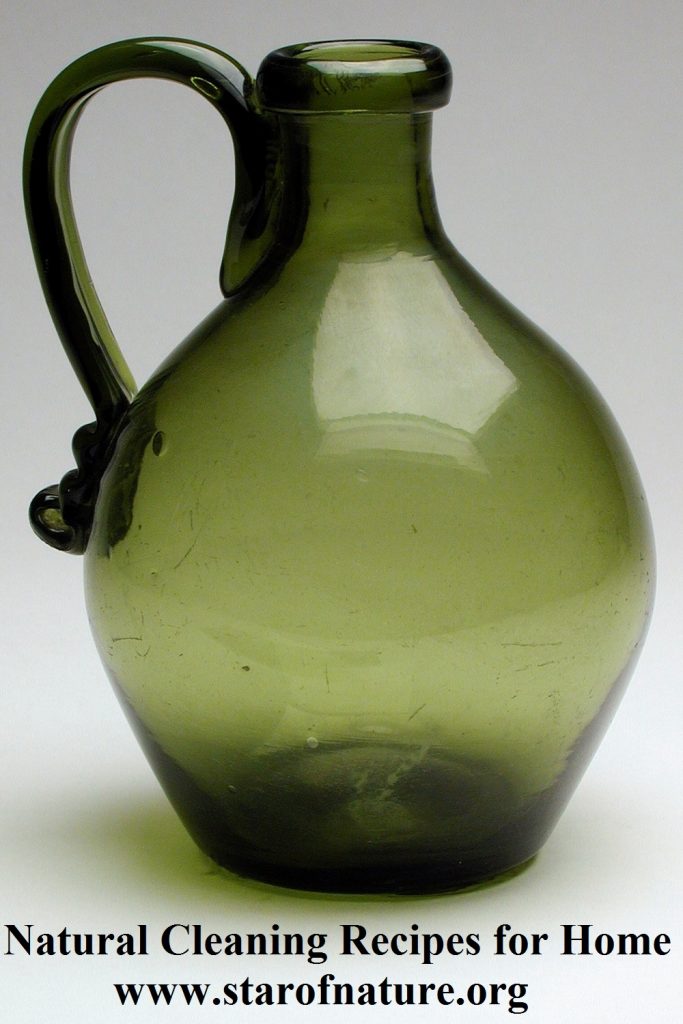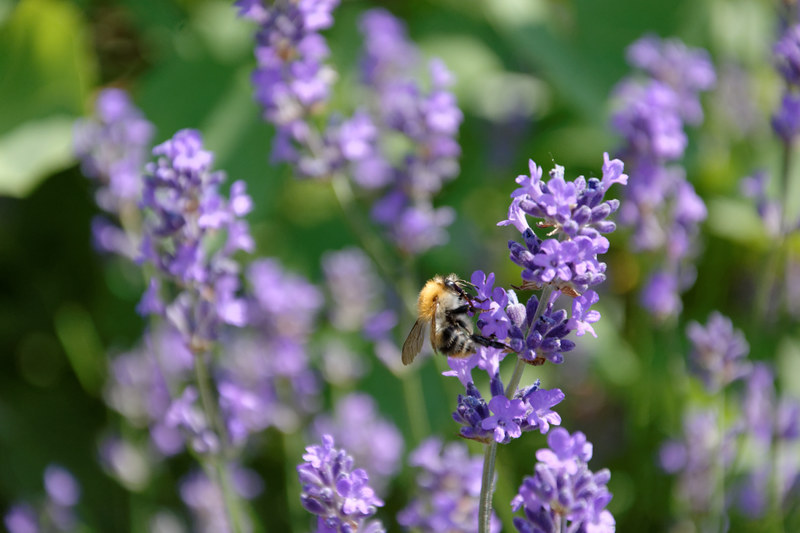Natural Cleaning Recipes for Home
Chemicals in household cleaning products solve many problems. But they CAUSE serious problems as well. Is our of fear of dirt and microbes really so great that we are prepared to spray everything around us with toxic substances? This does not make much sense. In this post therefore I offer a selection of natural cleaning recipes for home.
A large number of people suffer from allergies to household cleaners. Sometimes the smell on is own is enough to provoke an allergic reaction. Unfortunately, our exposure to chemicals is not limited to the time we are actually working with cleaners. Toxic chemicals remain on the surfaces and in the air for a long time after use.
Some substances are proven to cause harm. Formaldehyde, for example, is known to be cancerogenic, and a cause of respiratory and many other problems. Therefore many of us feel that our current use of chemical cleaners is excessive, and harmful both to our health and the environment.
But are there any alternatives? It seems to me that the answer is yes. Natural homemade cleaners can be effective and can replace at least some chemical cleaners. And health is only one of the reasons to use such products. It is also a way to avoid disposable plastic packaging and to save money.
Below is a selection of natural cleaning recipes that I have collected. Some are modern, others come from 18th– and 19th-century books on household management. They don’t use any harsh chemicals, are environmentally friendly and can be made at home. But a few general observations first.
Buy products in bulk to save money
Natural products can help to save money, because you don’t need many ingredients to make them, and most ingredients are inexpensive. It is best, however, to buy commonly used ingredients in bulk. When bought in bulk vinegar, sodium bicarbonate and other products are much less expensive.
Switch to green cleaning gradually
Natural cleaners are more effective than one can imagine, considering that they are made of a few very simple ingredients. But there is no need to switch to using them in one go. The best approach is to introduce them gradually and try their effectiveness for different jobs. If satisfied, you could switch to using them regularly or exclusively.
Treat all products with caution
Substances used in environmentally-friendly cleaners are not as harsh as synthetic chemicals, but they nevertheless need to be treated with caution. Vinegar, sodium bicarbonate (baking soda), sodium carbonate (washing soda), essential oils and other ingredients can irritate skin and eyes. So common sense and caution are still necessary.
With more fragile surfaces, particularly those made of natural materials, such as wood, or when the material is unknown, use weaker concentrations. Also try any new product on a small area first. This is because some surfaces can be cleaned only with water.
It is also still important to wear gloves when working with eco-friendly cleaners, and keep all products out of reach of children and pets.
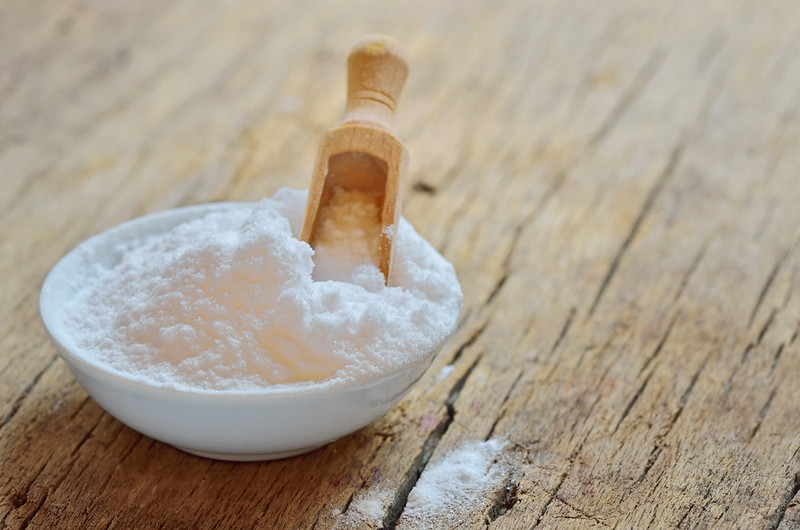
Natural cleaning recipes for the kitchen
1. Eco-friendly multi-surface cleaner
Ingredients:
3 tablespoons of liquid Castile soap
1 glass of warm water
1 glass of white (distilled) vinegar
10 drops of natural mint essence
Method:
Mix all the ingredients until the liquid has even consistency. It may take longer to ensure that the soap is well combined with other ingredients. Spread with a sponge on a dirty surface and then wipe with a moist cloth.
2. Natural cleaning recipe for the oven
Make a paste of equal amounts of sodium bicarbonate and vinegar. Spread on the walls of the oven. Leave for 30 minutes. Remove with a scraper and fine wire wool. Wipe with a damp cloth.
The same recipe can be used to clean burnt pans.
3. Natural cleaning recipe for the stove
Combine 1 part of olive oil and 2 parts of sodium bicarbonate. Spread on the stove and leave overnight. In the morning wipe off with a moist cloth.
4. Natural dish-washing liquid and powder
Ingredients:
3 table spoons of dry mustard powder
1 tablespoon of sodium bicarbonate
Method:
Mix the powders together and put in a container with holes in the lid. Shake the power out to a wet sponge or directly on dishes. Mustard is an excellent multi-purpose cleaner that can be also used on its own. It effectively gets rid of the grease and washes off easily.
Alternatively dissolve the powers in water, using one part of the powder and two parts of water.
5. Removing yellow stains from tea and coffee on china
Sodium bicarbonate is excellent for removing coffee and tea stains. In fact it can cope with most kitchen cleaning jobs. For example, it is excellent for removing burnt in food and stains from pans.
6. Cleaning an oil bottle
This requires wet coffee grounds left after drinking coffee. Fill a quarter of the bottle with grounds. They should have the consistency of liquid paste. Swirl them around for a few minutes in all directions. Then rinse with water. The grease will disappear.
Coffee grounds also have many uses in the garden, as a fertilizer and for pest control. So it is best not to throw them away.
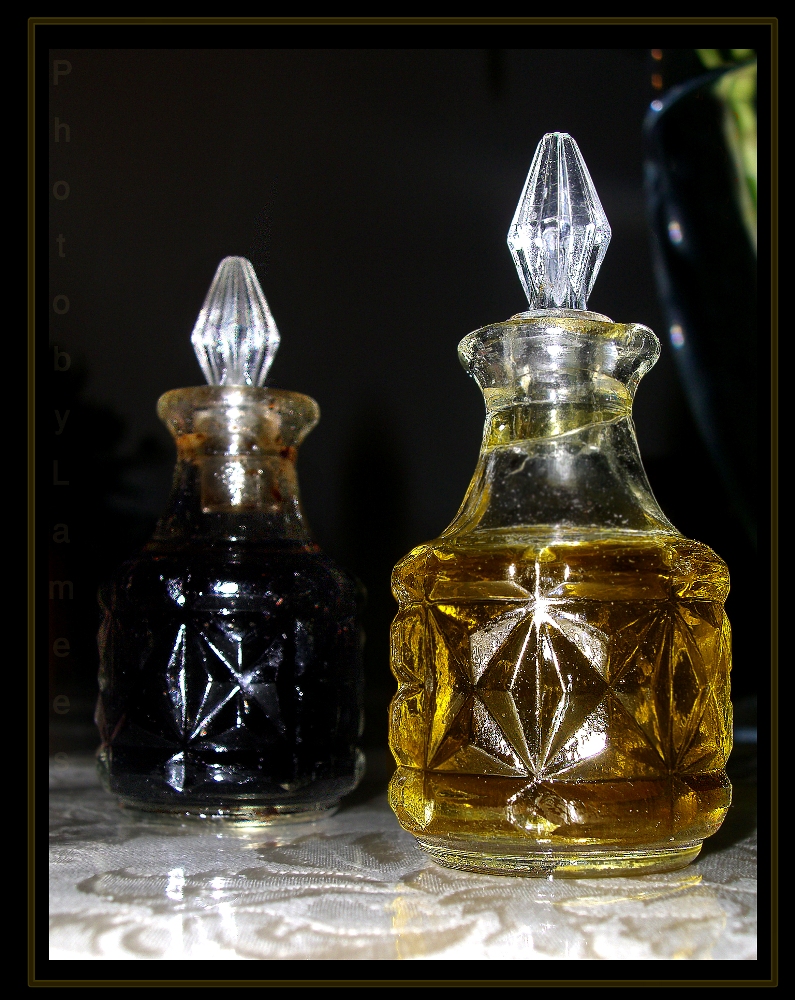
Natural cleaning recipes for the living room
7. Natural cleaning recipe: wood floor
Ingredients:
3 teaspoons of white vinegar
500ml of warm water
1-2 drops of essential oil
Method:
Mix all the ingredients. If using a mop, increase the volume of ingredients to fill the bucket. Vinegar is a very effective cleaner. However, since wood is a natural material, do not exceed the amount of vinegar in the recipe and try on a small area first.
8. Natural window cleaner + non-streaky and quick-drying natural multi-surface cleaner
Ingredients:
1/2 glass of rubbing alcohol (or surgical spirit)
1/3 glass of white vinegar
1/3 glass of water
Method:
Combine the ingredients and pour in a spray bottle. Spray on windows and mirrors and wipe with a cloth. Though an ordinary cotton cloth will do, a microfiber cloth works particularly well.
This cleaner can be used on many other surfaces, including tiles in the bathroom, and worktops, the hob and cupboards in the kitchen. It is also good for surfaces inside the car.
9. Cleaning dirty doors and windows sills
Dissolve a tablespoon of sodium carbonate (washing soda) in a glass of hot water. Dip a sponge in the liquid, and wipe the dirty surface. The stains will quickly disappear.
10. Natural cleaner for marble
Ingredients:
1 teaspoon of lemon juice
5 teaspoons of linseed oil
1 teaspoon of potato starch
Method:
Combine lemon juice and linseed oil. Mix together. Add 1 teaspoon of potato starch and mix again.
Moisten a flannel cloth in the mixture and polish the marble surface with it. It will become clean and shiny.
Natural cleaning recipes for the bathroom
11. Natural cleaner for toilet
Mix 25-50ml of vinegar and 5 drops of any essential oil. A good choice is an essential oil with known antibacterial properties, such as the tea tree oil.
Pour the mixture around the sides of the toilet bowl. Leave for 30 minutes to allow vinegar to dissolve any limescale. Sprinkle with sodium carbonate (washing soda) and clean with a toilet brush.
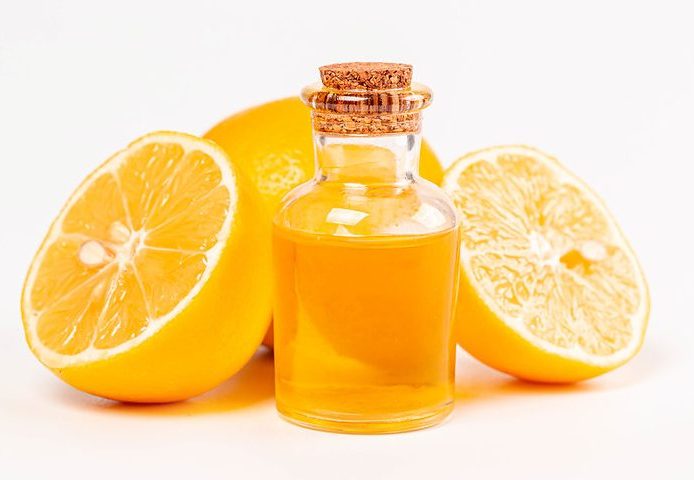
Natural recipes for laundry
12. Natural washing powder
Sodium bicarbonate (baking soda) can be used instead of a washing powder. Use the same amount as you would washing power, and wash as you do normally.
13. Restoring whites that turned yellow
Whites tend to turn yellow from use, washing and age. And this is a big problem, because it is very difficult to do anything about it. I came across the following recipe for restoring whites in a 19th-century housekeeping book.
In spring, when trees are blossoming, wash the whites in the usual way. Then take them outside and spread on the grass in the sun. Keep them wet by dipping them in clean water several times a day. Do this for several days until the fabric turns white. When this happens, wash it again in the usual way.
14. Natural dry cleaning for black silk and wool
Dry cleaning is highly toxic and bad for the environment, people who do it, and those who wear dry-cleaned clothes. It is best avoided or at least minimized. So here is another 19th-century recipe.
Black fabric that does not yet need washing (or cannot be washed), but has stains, can be cleaned with alcohol and tea. Mix a small (liqueur) glass of rum or cognac and the same amount of strong black tea. Dip a sponge in the mixture, lightly wring it out and gently wipe the fabric with it.
When the fabric is clean, let it dry and then iron. Of course, silk and wool need to be ironed on a correct low setting and on the inside. The fabric will look clean and fresh (and will also smell great).
15. Natural dry cleaning for light-coloured fabrics
Use rubbing alcohol on a sponge to dry clean stains on lighter fabrics. This is particularly good for grease stains. Alcohol will dissolve the fat and the stain will disappear.
16. Natural home scent
Strong home scents are best avoided as they can cause allergy and headache. If, however, you like scents, it is much better to go for natural, rather than synthetic products.
There is a great variety of essential oils available for sale. A few drops can be added to water when cleaning, or to homemade cleaning products. Alternatively, a drop can be put directly on a most cloth when wiping surfaces. This will be enough to fill the house with scent.
Perhaps the best scent for home is vanilla. It is almost universally perceived as cozy, warm and comforting. It is also seen as sexy and – unsurprisingly it is used in such perfumes as Dior Hypnotic Poison. Although vanilla is expensive, it is worth looking for a natural vanilla essence. Fill a spray bottle with water. and add a few drops. Use the water when wiping surfaces.
Image credits: featured image – ‘bee and lavender’ by Bruno Mairlot, ‘baking soda’ by Aqua Mechanical, ‘vinegar and oil’ by Lamees, ‘lemon essential oil’ by Marco Verch
Posts related to ‘Natural Cleaning Recipes for Home’
Natural Methods of Cleaning Silver
Natural Decoration for Home: a Table Centerpiece with Candles and Greenery
Pin ‘Natural Cleaning Recipes for Home’ for later
